Vintage Tribal Kilim Runner 3' 2" x 10' 10" (38" x 130")
Type:
Kilim RugsCollection:
Tribal RunnersID:
K0077503Size:
Material:
The designs feature a rich array of symbols representing tribal culture and Anatolian motifs, often in the form of medallions, diamonds, and other geometric shapes.
The designs feature a rich array of symbols representing tribal culture and Anatolian motifs, often in the form of medallions, diamonds, and other geometric shapes. These kilim runners are ideal for hallways and narrow spaces, offering a touch of ethnic charm and artisanal quality to any interior.
Herki kilims not only serve as functional floor coverings but also as artistic expressions of tribal identity, making each rug a unique cultural artifact.
Design Elements
- Pattern Layout:
- The rug features a linear arrangement of geometric motifs distributed evenly along the length.
- Symmetrical designs provide a sense of harmony and balance, characteristic of traditional tribal art.
- Motif Types:
- Common motifs include diamonds, hexagons, and star shapes, each intricately woven.
- The consistent use of interconnected patterns reinforces community and continuity in tribal traditions.
- Border Design:
- A bold, contrasting border encapsulates the central motifs, adding definition and framing the visual content.
- The use of vibrant orange in the border draws attention to the rug's edges.
Colors
- Color Palette:
- The rug exhibits a rich blend of warm hues, including pinks, oranges, and earthy browns.
- These colors create a sense of warmth and invite an ambiance of coziness.
- Use of Contrast:
- Contrasting colors enhance visual appeal, making the motifs stand out against the background.
- The combination of bright and muted tones adds depth, creating an engaging visual experience.
- Symbolism in Colors:
- Warm colors like pink and orange symbolize energy, passion, and happiness.
- Earthy tones ground the design, representing stability and connection to nature.
Main Motifs and Their Symbolism
- Geometric Patterns:
- Diamonds and hexagons often symbolize prosperity and protection in many cultures.
- Star motifs can represent guidance and the journey of life.
- Interconnected Shapes:
- These shapes signify unity and community, reflecting the importance of family and collaboration.
- Repetitive Elements:
- Repetition of motifs illustrates the continuity of tradition and heritage within tribal society.
Summary
This vintage tribal kilim runner is characterized by its vibrant colors, intricate geometric patterns, and meaningful motifs that reflect cultural symbolism. The warm pinks and oranges create a welcoming atmosphere while earthy tones ground the design. The motifs convey messages of unity, protection, and prosperity, making the rug not only a decorative piece but also a cultural narrative that captures the essence of the community it represents.
- Ships in 1-4 business days
- Only one in stock, handmade, unique
- Free shipping via FedEx Express. Easy returns
- Contact us or add a note to your order if you want us to delay your shipping.
- Request more info if you want this rug shorter or narrower
Colors may appear slightly different across various monitors due to screen settings device differences, and external lighting conditions. If color accuracy is important for your space, we recommend viewing the rug on multiple devices or contacting us for a detailed color description. We can provide detailed photos and references using Sherwin-Williams, Benjamin Moore, Pantone, or even Crayola crayons.
You can also visualize most of our products in your own room with AR (augmented reality) on an iPhone or iPad.
Return Policy
Need a rug pad? We recommend RugPadUSA
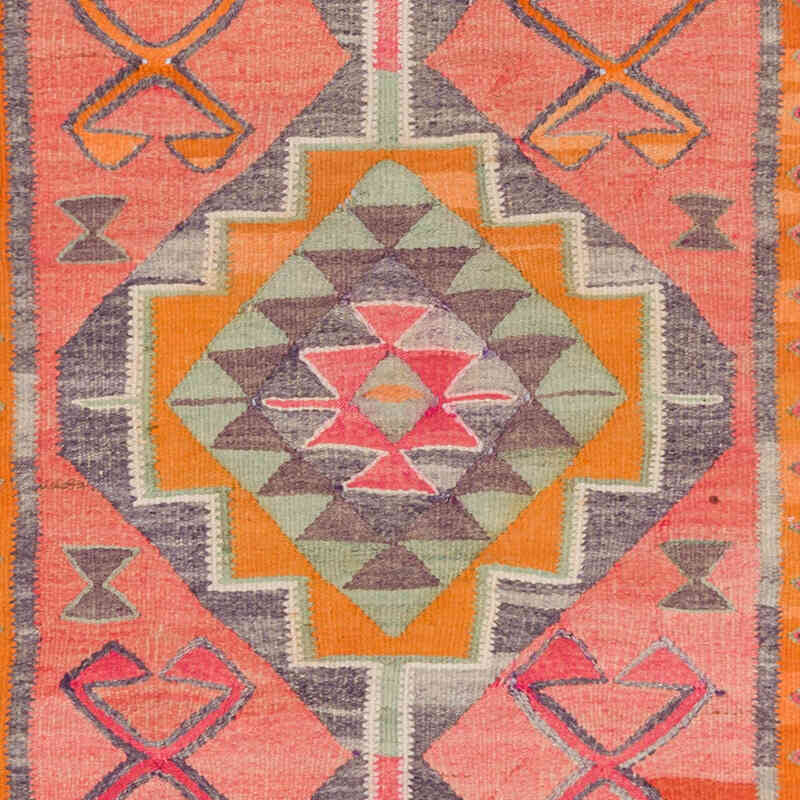
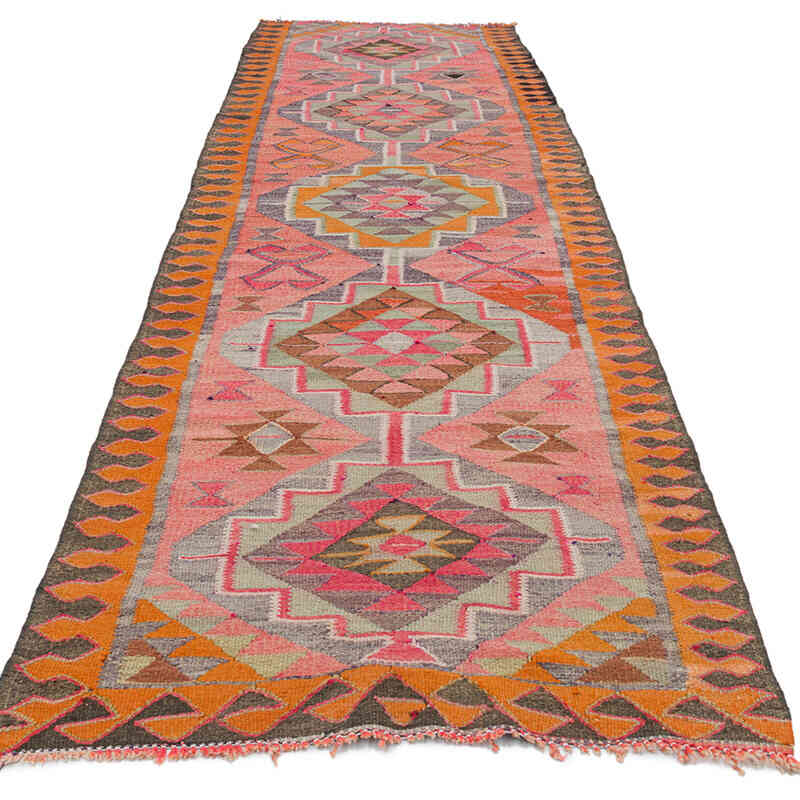
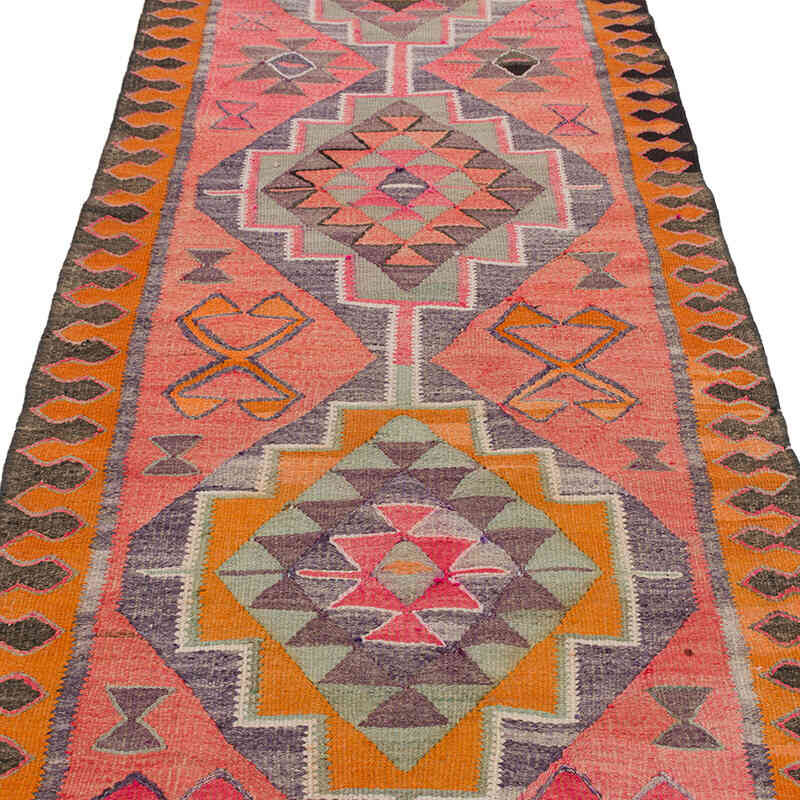
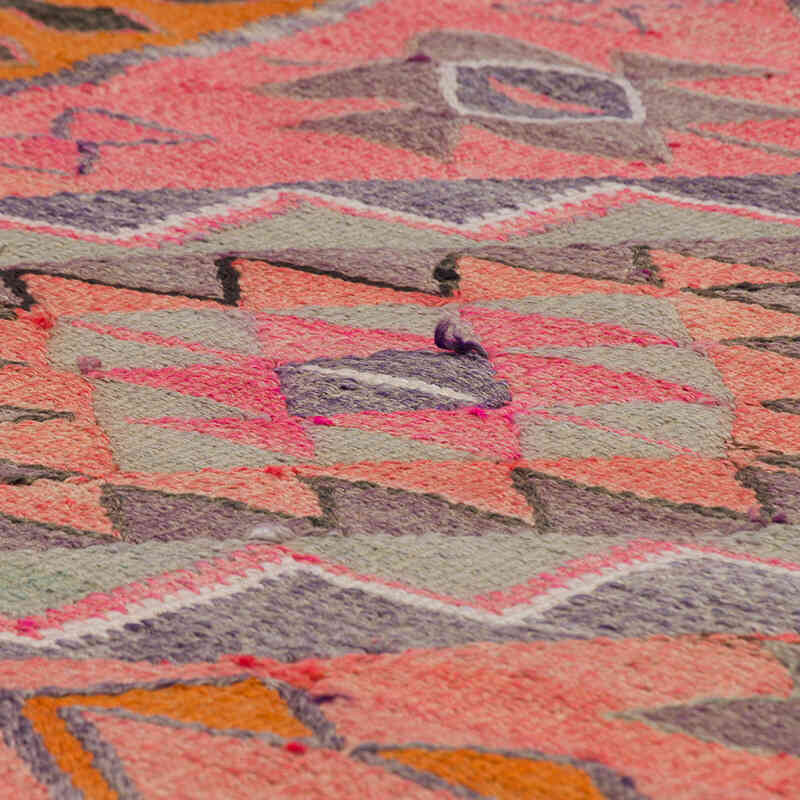
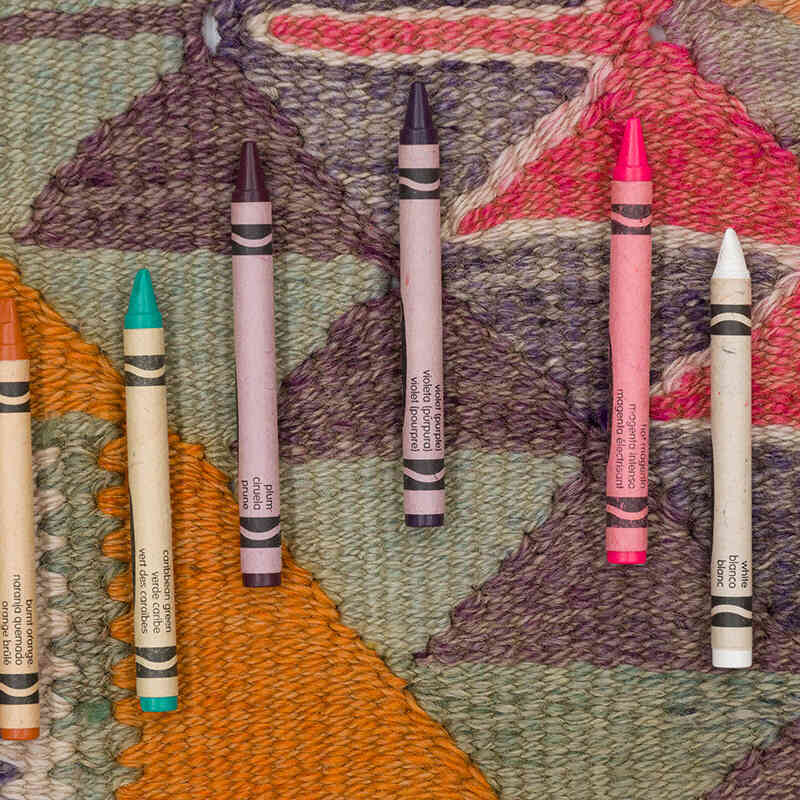
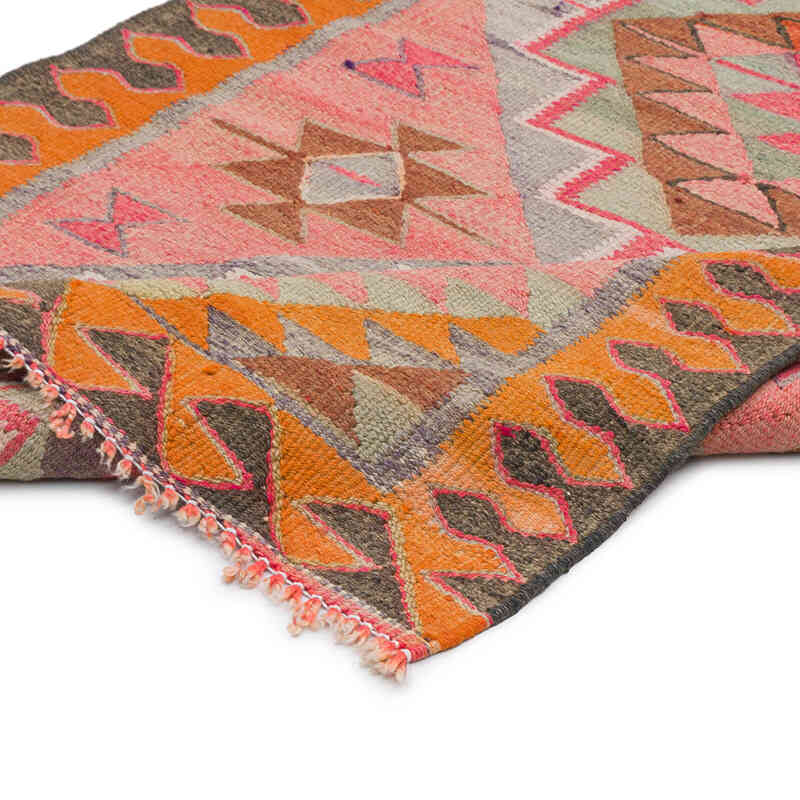
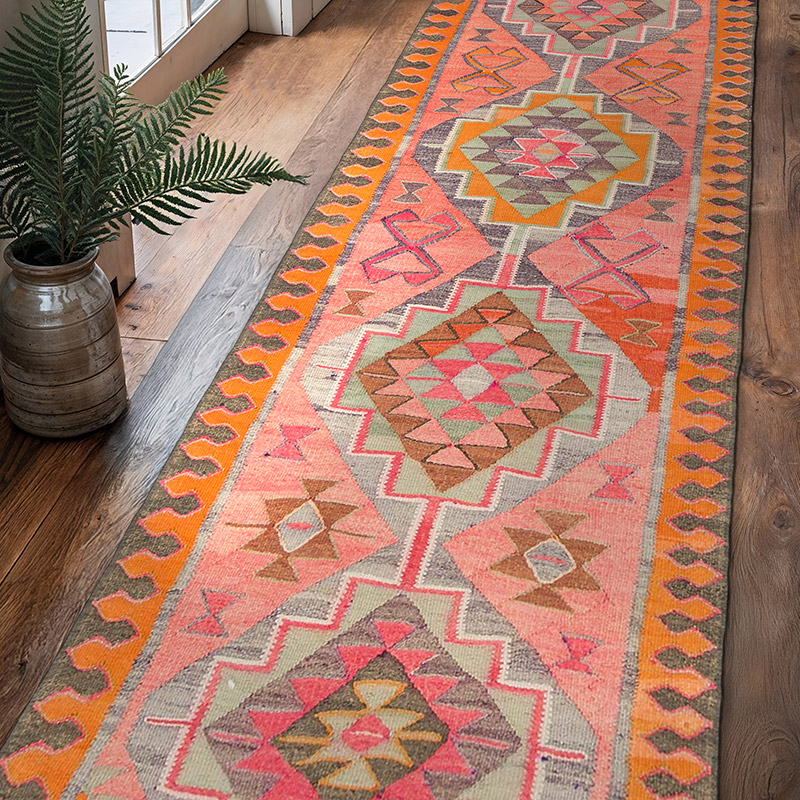
















Beautiful rug